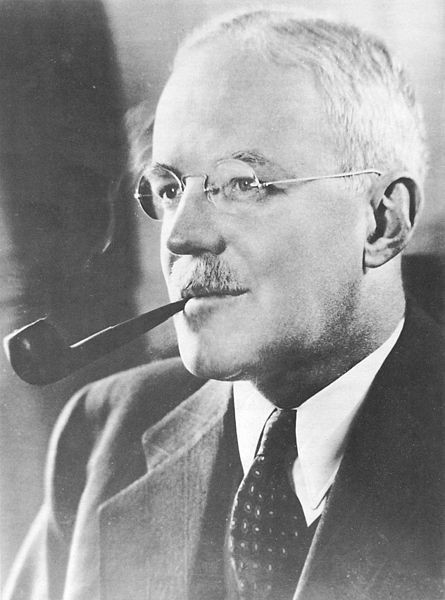Declassified: CIA Copied James Bond 007 Gadgets
Letters and interviews show CIA used Ian Fleming’s novels for gadget inspiration

The US Central Intelligence Agency copied gadgets from Ian Fleming's James Bond books, declassified letters and interviews have shown.
The CIA used the 007 books Goldfinger and From Russia With Love for inspiration for new gadgets on the orders of Allen Dulles, who was the director of the CIA between 1953 and 1961.
Researchers from the University of Warwick analysed the letters and interviews looking at the relationship between Dulles and Fleming.
They found that Dulles actively used Fleming to paint the CIA in a positive light during the 1950s and 60s, a time when authors and journalists were generally wary of mentioning the organisation or its activities.
An interview with Dulles in Life magazine showed how he met Fleming in 1959 and that the author had told him the CIA was not doing enough in the area of "special devices".
Christopher Moran, who analysed the material, said that the letters show Dulles had strong affection for the Bond novels and persuaded Fleming to continue writing the books in 1963.
Dulles also urged the CIA technical staff to replicate as many of Bond's gadgets as they could. Reports show how they successfully replicated Bond's spring-loaded poison knife shoe made famous in From Russia With Love.

The technical team were not, however, able to replicate the homing beacon from Goldfinger, in which Bond uses it to track the villain's car. The CIA version had "too many bugs in it" and stopped working when the enemy entered a busy city, Dulles explained.
Moran said: "There was a surprising two-way influence between the CIA and the James Bond novels during the Cold War, stemming from the mutual admiration between Allen Dulles and Ian Fleming.
"This ranged from the copying of devices, such as the poison-tipped dagger shoe in From Russia With Love, to the agency using the 007 novels to improve its public profile.
"It's even more striking that this was going on at time when mentioning the CIA was strictly off-limits for the US media and cultural establishment, whereas Fleming, as a British author, could say what he liked.
"For a long time, the James Bond books had a monopoly on the CIA's public image and the agency used this to its advantage."
The letters between Dulles and Fleming show the author included glowing references to the CIA to help boost the organisation's public image.

Moran explained how readers are first introduced to the CIA with the character of Felix Leiter, a CIA agent who first helps James Bond in Casino Royale. He goes on to make appearances in Goldfinger, Dr No and Live and Let Die, among others.
In return for helping the CIA with its image, Dulles boosted Fleming's book sales in the US by praising the author - he once said the CIA "could do with a few James Bonds".
Moran said: "Although Fleming's portrayal of the CIA is largely favourable, readers are left in no doubt that the British intelligence services are the superior outfit.
"In Live and Let Die, for example, Leiter comes across as a bit of a bungler, unable to blend in with the locals and forced to rely on paid informants.
"But in the later books, as the friendship between Dulles and Fleming deepens, a far rosier picture of the CIA emerges.
"For example, in Thunderball, Bond's boss M dispenses with his characteristic economy of words to speak enthusiastically about the way the CIA is selflessly putting itself in the service of freedom.
"And Allen Dulles is even the subject of several honourable mentions in the later books. It really does come across as a bit of a mutual appreciation society."
© Copyright IBTimes 2024. All rights reserved.























